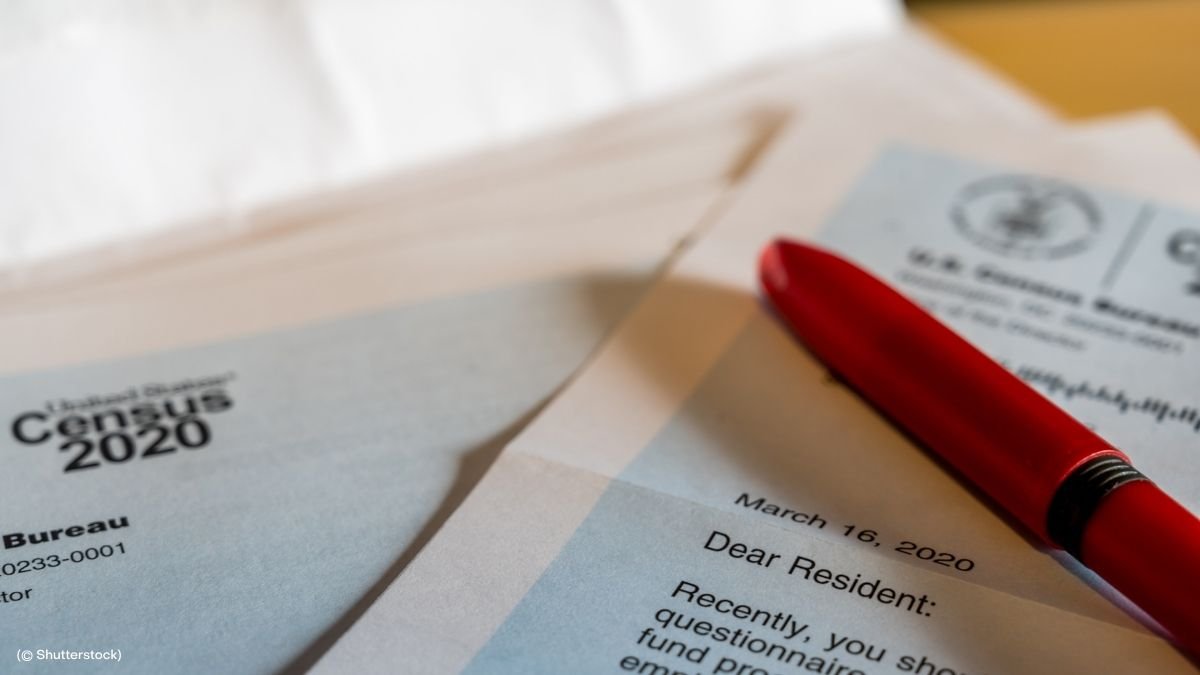The Story of Arab Americans’ Beginning in America – And the Quest for Fair Representation
Estebanico Azemmouri, a Moroccan man, landed in the United States of America in 1527, and Antonio Bishallany who immigrated from Lebanon became the first member of a community today known as “Arab Americans.” This is the story of Arab Americans’ beginning in America – and the origins of their quest for fair representation.
While estimates vary, Arab Americans make up about three million members of the U.S. population. Arab immigrants came to the United States in four waves from Lebanon, Syria, and Egypt, but also from Morocco, Iraq, Jordan, Palestine, Yemen, Tunisia, Algeria, many Gulf countries, and Libya. The first wave was made up of mostly Lebanese and Syrians, who worked largely as grocers and peddlers throughout the Northeast and Midwest. Arab immigration really took off at the start of the twentieth century, as Detroit’s exploding auto industry drew immigrants from all over the world. The Third Wave, which lasted until 1990, witnessed escape from the war in Lebanon and poverty in Egypt, Morocco, and Yemen. The current Fourth Wave comprises refugees from Somalia, Sudan, Iraq, and Syria.
Early Arabs in America had to identify as “White” in order to gain access to American citizenship. In 1915, George Dow was granted naturalization rights by the Georgia Court of Appeals, which considered “the inhabitants of … Syria, to be classed as white persons.” In 1977, the Office of Management and Budget (OMB) issued Directive 15 officially classifying “White” those who descend from Europe, and the Middle East and North Africa (MENA). The inclusion of Arab ancestries in the Census Bureau was not without problems such as defining the boundaries of the Middle East and North Africa – and whether a (negative) geographic colonial label should be used in reference to the region.
For the next twenty years, the Arab American community engaged in internal and external debates around how the community should be defined, where we draw boundaries, and whether to impose a pan-Arab identity on peoples who hail from 22 different countries and multiple ethnicities across the Arab world. In its 1997 revisions of the race guidelines, OMB decided that further research was needed and closed the case. The lack of accurate data on the community over the last 15 years has constituted a serious threat to Arab Americans’ health, education, employment, housing, and civil rights.
Quest for Recognition
In 2010, members of the Arab-American community launched the “Check it right; you ain’t White!” campaign to change how they are classified in the Census. A coalition was formed under the leadership of the Arab American Institute (AAI), and the group authored a historical letter to the Census Bureau requesting a MENA box on the Census form. The Bureau responded by publishing a notice in the Federal Register, which received an unprecedented number of favorable responses. In December 2014, the Bureau announced its intention to test creating a MENA category for inclusion in the 2020 Census. The move was a historic endeavor that could have produced much-needed data on MENA communities, their needs, and their contributions. However, OMB halted all efforts in December 2018 citing the need for further research without further explanation. The community is continuing to work through the various local, state, and federal political and legal channels to make representation a reality.
Commitment to Public Service
Without having a specific MENA category to check on official forms, Arab Americans did not identify with any of the five races. Instead, many of them checked the “Some Other Race” category when provided. It is also difficult to capture the community’s contributions to public service or to improve the recruitment, retention, and promotion rates of Arab Americans. As an underrepresented and undercounted group, Arab Americans continue to work with a coalition of recognized U.S. government employee groups to raise awareness about issues of representation in the government and identify tangible ways forward that will create a more diverse, inclusive, and equitable workforce that celebrates our diverse backgrounds and experiences. Such critical efforts will not only strengthen our policy-making process but enhance our national security as well.
Arab Americans in Foreign Affairs
An estimated 12 percent of Arab Americans are employed in federal, state, or local governments, according to the Census Bureau. The Arab Americans in Foreign Affairs Agencies (AAIFAA) employee affinity group was created to support the promotion, protection, and utilization of Arab Americans – and advance the cultural, linguistic, personal, and professional assets Arab Americans bring in foreign affairs and in support of the American people. Similar to other ethnic- and minority-based employee associations, AAIFAA serves as a resource of relevant ideas and experiences that can be shared among Arab American communities and those with an interest or experience in the Arab world throughout the interagency community. AAIFAA has over 400 Civil Service, Foreign Service, contractors, and other members across the federal foreign affairs community serving in various capacities in Washington and at diplomatic posts. And though not all AAIFAA members identify as Arab Americans, AAIFAA works towards advancing diversity and inclusion in the foreign service.
This past month, Arab Americans celebrated a rich heritage, including contributions to foreign policy and international development. They follow in the footsteps of great diplomats such as Ambassador Philip Habib and Susan Ziadeh, and notable negotiators like Special Envoy George Mitchell. As in the past, Arab Americans continue to answer the call of duty and lead America’s foreign policy through diplomacy and advocacy, as well as foreign assistance. Personally, delivering development and humanitarian assistance from the American People has been a great honor in my career at USAID.


